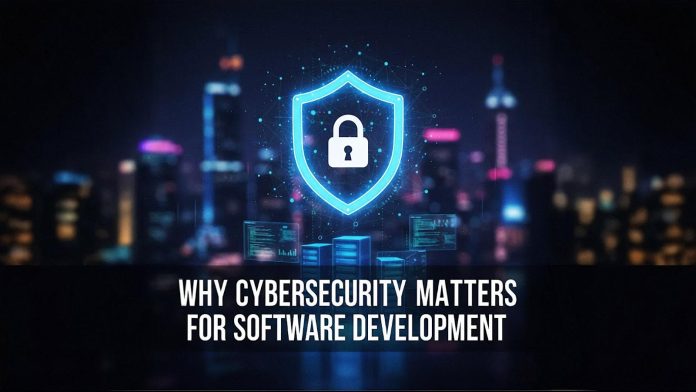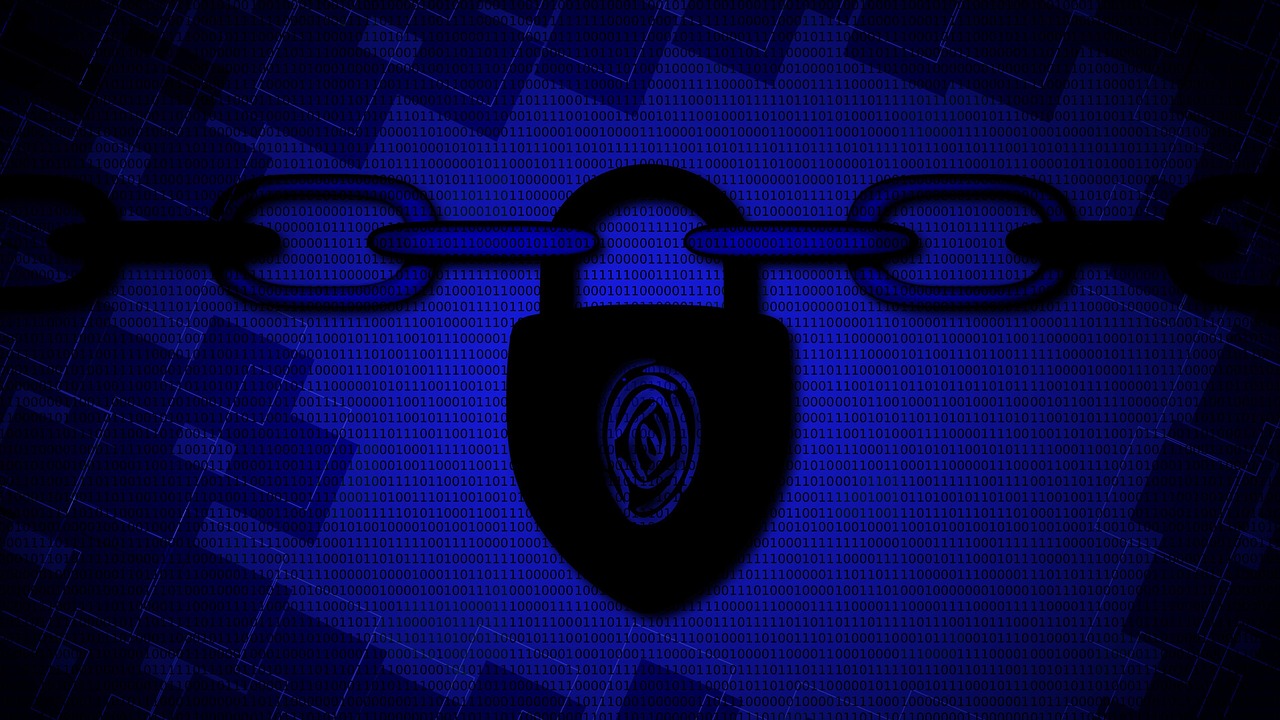Learn why cybersecurity matters for software development in this post.
A single line of insecure code can ruin months of work. One missed patch, one weak password, one forgotten access token, and an entire system can collapse. Every day, software teams develop products that store sensitive data, financial information, and user trust. If the software is not secure, everything on top of it becomes fragile.
Insecure software means lost users, broken features, regulatory fines, and late nights fixing preventable problems. It drains time and money. It can ruin a reputation built over years in a matter of hours. Security is not optional.
It is the foundation that keeps software working safely in the real world. A reliable software development company https://irsolutions.tech/ can help build secure software according to your business needs.
This blog explains why cybersecurity must be integrated into development from the outset. It focuses on simple, practical actions that keep software safe without slowing the team down.
Table of Contents
Best Practices for Secure Software Development
Strong security safeguards software, data, and users. Weak security leads to lost trust, fines, and system failures. Every decision in development affects the safety of your product.
Sensitive Data must be Protected
Most apps store or handle sensitive data. This can be names, emails, payment details, health records, or business secrets. If that data leaks it harms users and the company. Fixing a data leak is expensive. Users lose trust fast.
Reputations can take years to rebuild. Protecting data starts with simple choices. Use strong authentication. Encrypt data at rest and in transit. Limit who can access what by default. Log access and review logs. These actions cut risk measurably.
Security Saves Money
Finding defects early costs less. A bug found during design or code review is cheaper to fix than one found in production. The same is true for security issues. Simple, secure practices during development reduce the need for emergency fixes later.
Emergency fixes often require overtime, bug updates, customer notices, and audits. Those add up. Treating security as a routine part of development lowers overall cost and reduces stress for teams.
Software must Remain Reliable
Attackers target more than data. They attempt to disrupt services, compromise systems, and manipulate behavior. A system that fails under attack is not reliable. Uptime matters to users and to business operations.
Designing systems that assume failure makes them more robust. Implement rate limits, input validation, and resilience patterns. Verify that backups work and that restore processes are tested. Reliability is a security plus.
Regulations and Compliance Matter
Many industries have rules about data privacy and security. Healthcare, finance, education, and public services face strict requirements. Non-compliance can result in fines and legal consequences. Even if a company is small, regulators may still require certain protections.
Compliance does not equal security. But compliance does set a baseline to meet. Use it to guide design and audits. Keep records of security decisions and tests. That helps with both compliance and incident response.
Security Check in the Development Process
Security should be addressed early in the software life cycle. Waiting until the end means rework. Include security in requirements. Run threat reviews during design. Add security checks to the build pipeline.
Automate static analysis and dependency checks to catch common issues. Include security criteria in code reviews. Small checks during development stop many problems from reaching production. This approach saves time and builds better habits.
Tools and Practices that Work
Static analysis finds common coding mistakes early. Dependency scanners detect vulnerable libraries. Dynamic testing catches runtime issues that static tools miss. Secrets scanning stops keys from leaking into repositories.
Container and infrastructure checks are helpful when using cloud services. Penetration tests provide an outside perspective. Use a mix. No single tool solves every problem. Match tools to risk and resource levels.
Measuring Cybersecurity Progress
You cannot improve what you do not measure. Track meaningful cybersecurity metrics such as time to remediate vulnerabilities, the number of high-severity issues found in production, and the percentage of builds that pass security checks.
Avoid vanity metrics. Use measurements to inform investment and training decisions. Share results with the team and adjust plans based on trends.
Cybersecurity Incident Response Readiness
No cybersecurity system is perfectly secure; breaches and incidents can still occur. That mindset enables faster and less chaotic responses. Create a clear incident response plan. Assign roles in advance. Keep contact lists and escalation paths up to date.
Practice the plan with realistic exercises. After every incident, run a postmortem. Focus on facts and fixes, not blame. Capture lessons and update systems and processes.
Security Improves User Trust
Users pick services they trust. A strong security posture signals reliability. Clear privacy practices, transparent breach notifications, and visible security efforts increase confidence.
Trust helps with retention, sales, and partnerships. Security is not only a technical investment; it is also a strategic one. It is a business asset.
Key Takeaways for Secure Software Development Lifecycle
- Secure Coding Standards
- Input Validation
- Employ a Secure Software Framework
- Encrypt Sensitive Data
- Keep Dependencies Updated
- Implement Secure Session Management
- Conduct Regular Security Testing
- Implement API Security Measures
- Use Security Headers
- Stay Updated with Security Trends
Why is Cybersecurity Important in Software Development
- Cybersecurity matters because it protects everyone using technology, including individuals and businesses.
- It safeguards personal and business data handled by apps, websites, and services.
- Strong security prevents identity theft, financial loss, and long recovery times for individuals.
- It protects businesses from client data exposure, operational disruption, and reputation damage.
- Cybersecurity reduces the risk of attacks that exploit human behavior, such as phishing and malicious links.
- Every measure taken ensures safety, builds trust, and keeps businesses running smoothly.
Strong cybersecurity protects people, preserves trust, and keeps businesses running without interruption.
Conclusion
Security adds value at every level. It protects data, lowers costs, and keeps services running reliably. It helps meet legal requirements and builds trust with users and clients. Teams that treat security as part of daily work produce better software and face fewer crises.
Start small and focus on practical changes that align with your team’s needs. Track progress, reinforce habits, and regularly update processes. Over time, these efforts become part of the culture. Reliable systems, confident users, and smooth business operations are the results of consistent attention to security.
INTERESTING POSTS
About the Author:
Meet Angela Daniel, an esteemed cybersecurity expert and the Associate Editor at SecureBlitz. With a profound understanding of the digital security landscape, Angela is dedicated to sharing her wealth of knowledge with readers. Her insightful articles delve into the intricacies of cybersecurity, offering a beacon of understanding in the ever-evolving realm of online safety.
Angela's expertise is grounded in a passion for staying at the forefront of emerging threats and protective measures. Her commitment to empowering individuals and organizations with the tools and insights to safeguard their digital presence is unwavering.










